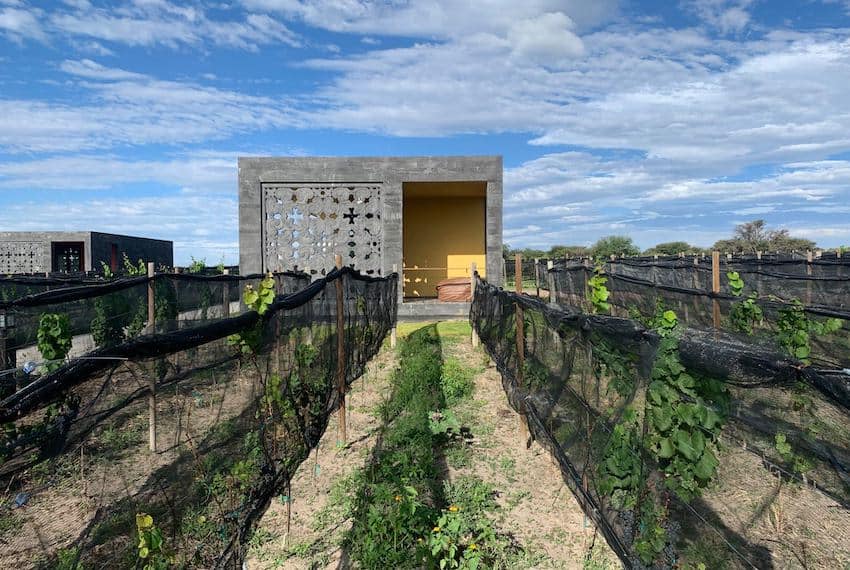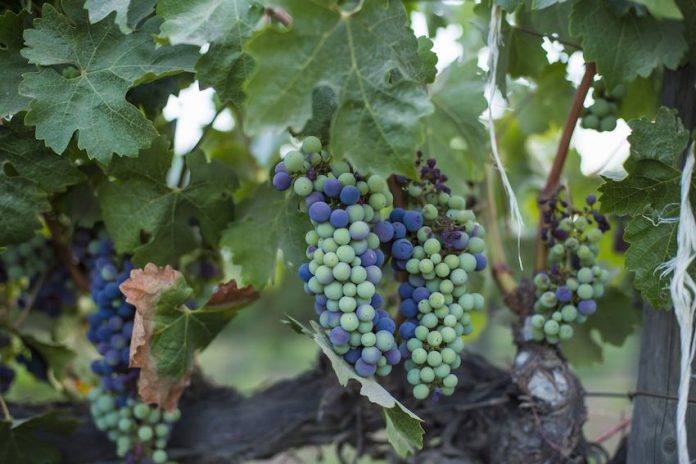Guanajuato state’s wine region has a rich history of vineyards going back centuries, but with the prestigious wine competition Concours Mondial de Bruxelles choosing to hold its 2024 red and white wines competition in the state’s city of León this month, it seems recently the Guanajuato wine region is truly on track to become the next big thing in Mexican wines.
And it appears that Guanajuato is ready to take on that mantle: the state currently ranks fifth nationwide in the amount of land devoted to vineyards, with 485 hectares devoted to viticulture and as many as 600 new hectares of land in the works to join the Guanajuato wine region. The state is Mexico’s fifth-largest grape producer and fourth-largest wine producer.

On average, Guanajuato’s wine region produces more than 1.2 million liters per year from a variety of grapes, including cabernet sauvignon, merlot, Syrah, malbec, cabernet franc, tempranillo, Nebbiolo, sémillon, chardonnay and sauvignon blanc.
Two Grand Gold Medal winners at the 2024 Concours Mondial de Bruxelles in León came from the Guanajuato wine region: Dos Buhos’ Grenache Gran Reserva 2019 and a 2020 red blend from Pájaro Azul. In all, though, the state is home to 46 vineyards, 25 of which offer enotourism experiences ranging from hotels and restaurants onsite, vineyard and cellar tours, pairing dinners, wine tastings and other activities like horseback riding and hot-air balloon rides.
The state advertises five routes for exploring its vineyards: two near San Miguel de Allende, one close to León, one through Salvatierra and another one via the city of Guanajuato.
What climate conditions make Guanajuato a good wine region?
Guanajuato is one of Mexico’s best regions for wine production primarily due to its climate, shaped by the area’s basins and rivers.
Despite being outside the traditional meridian of wine-producing regions like France, Spain or Portugal, Guanajuato benefits from weather conditions, high altitude (2,000 meters above sea level) and soil components that produce quality wine grapes.
Other advantages include a semi-warm and arid climate with a year-round average temperature of 18 degrees Celsius, many hours of sunshine and an average annual precipitation of 650 millimeters.

What about water scarcity?
Water scarcity in Guanajuato has prompted all types of farmers to seek ways to increase productivity on their land, and grapes turn out to be a good option as they are not water intensive crops.
A slight reduction in water input to Guanajuato’s vineyards produces brief hydric stress, which concentrates grapes’ natural sugars, producing better wines.
Elías Torres Barrera, head of the Grape and Wine Association in Guanajuato, recently told the newspaper El Sol de León that compared to other crops, the grapes, which use little water, are more sustainable and “an alternative in this season of drought and heat.”
When does the Guanajuato wine region’s harvest season begin?
The harvest season, known as vendimia in Spanish, is expected to begin in July and end in October this year.
During the grape harvest, vineyards in Guanajuato host a plethora of activities, including wine and food tastings, vineyard tours, picnics and opportunities to participate in traditional grape stomping.
With reports from El Sol de León and La Silla Rota
